HSBC 2002 Annual Report Download - page 200
Download and view the complete annual report
Please find page 200 of the 2002 HSBC annual report below. You can navigate through the pages in the report by either clicking on the pages listed below, or by using the keyword search tool below to find specific information within the annual report.-
 1
1 -
 2
2 -
 3
3 -
 4
4 -
 5
5 -
 6
6 -
 7
7 -
 8
8 -
 9
9 -
 10
10 -
 11
11 -
 12
12 -
 13
13 -
 14
14 -
 15
15 -
 16
16 -
 17
17 -
 18
18 -
 19
19 -
 20
20 -
 21
21 -
 22
22 -
 23
23 -
 24
24 -
 25
25 -
 26
26 -
 27
27 -
 28
28 -
 29
29 -
 30
30 -
 31
31 -
 32
32 -
 33
33 -
 34
34 -
 35
35 -
 36
36 -
 37
37 -
 38
38 -
 39
39 -
 40
40 -
 41
41 -
 42
42 -
 43
43 -
 44
44 -
 45
45 -
 46
46 -
 47
47 -
 48
48 -
 49
49 -
 50
50 -
 51
51 -
 52
52 -
 53
53 -
 54
54 -
 55
55 -
 56
56 -
 57
57 -
 58
58 -
 59
59 -
 60
60 -
 61
61 -
 62
62 -
 63
63 -
 64
64 -
 65
65 -
 66
66 -
 67
67 -
 68
68 -
 69
69 -
 70
70 -
 71
71 -
 72
72 -
 73
73 -
 74
74 -
 75
75 -
 76
76 -
 77
77 -
 78
78 -
 79
79 -
 80
80 -
 81
81 -
 82
82 -
 83
83 -
 84
84 -
 85
85 -
 86
86 -
 87
87 -
 88
88 -
 89
89 -
 90
90 -
 91
91 -
 92
92 -
 93
93 -
 94
94 -
 95
95 -
 96
96 -
 97
97 -
 98
98 -
 99
99 -
 100
100 -
 101
101 -
 102
102 -
 103
103 -
 104
104 -
 105
105 -
 106
106 -
 107
107 -
 108
108 -
 109
109 -
 110
110 -
 111
111 -
 112
112 -
 113
113 -
 114
114 -
 115
115 -
 116
116 -
 117
117 -
 118
118 -
 119
119 -
 120
120 -
 121
121 -
 122
122 -
 123
123 -
 124
124 -
 125
125 -
 126
126 -
 127
127 -
 128
128 -
 129
129 -
 130
130 -
 131
131 -
 132
132 -
 133
133 -
 134
134 -
 135
135 -
 136
136 -
 137
137 -
 138
138 -
 139
139 -
 140
140 -
 141
141 -
 142
142 -
 143
143 -
 144
144 -
 145
145 -
 146
146 -
 147
147 -
 148
148 -
 149
149 -
 150
150 -
 151
151 -
 152
152 -
 153
153 -
 154
154 -
 155
155 -
 156
156 -
 157
157 -
 158
158 -
 159
159 -
 160
160 -
 161
161 -
 162
162 -
 163
163 -
 164
164 -
 165
165 -
 166
166 -
 167
167 -
 168
168 -
 169
169 -
 170
170 -
 171
171 -
 172
172 -
 173
173 -
 174
174 -
 175
175 -
 176
176 -
 177
177 -
 178
178 -
 179
179 -
 180
180 -
 181
181 -
 182
182 -
 183
183 -
 184
184 -
 185
185 -
 186
186 -
 187
187 -
 188
188 -
 189
189 -
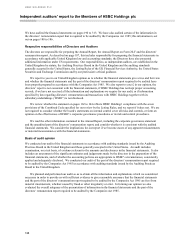 190
190 -
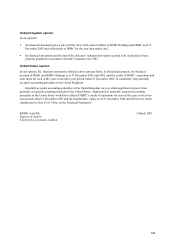 191
191 -
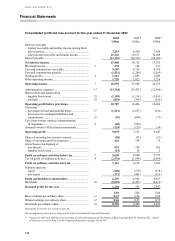 192
192 -
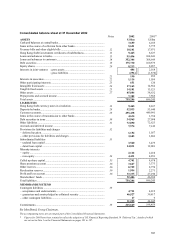 193
193 -
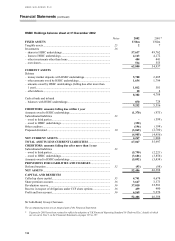 194
194 -
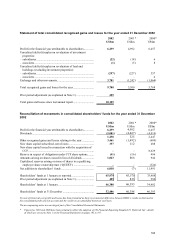 195
195 -
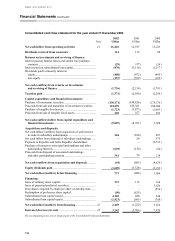 196
196 -
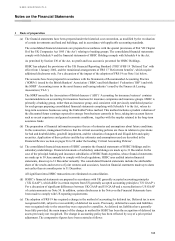 197
197 -
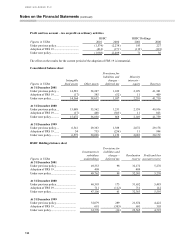 198
198 -
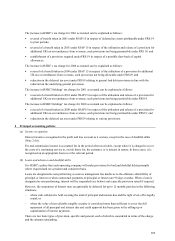 199
199 -
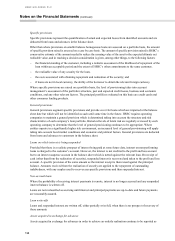 200
200 -
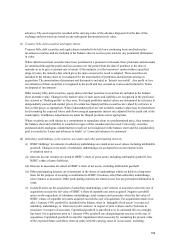 201
201 -
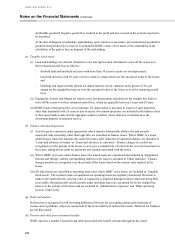 202
202 -
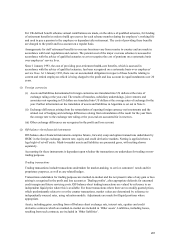 203
203 -
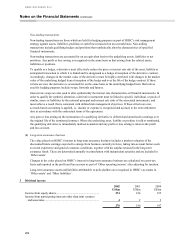 204
204 -
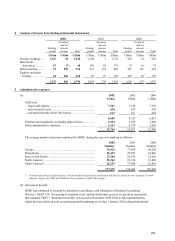 205
205 -
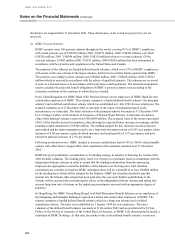 206
206 -
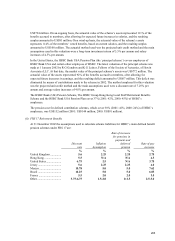 207
207 -
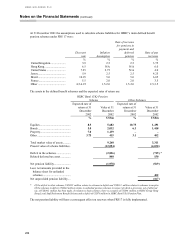 208
208 -
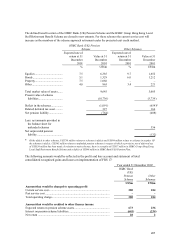 209
209 -
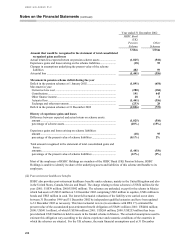 210
210 -
 211
211 -
 212
212 -
 213
213 -
 214
214 -
 215
215 -
 216
216 -
 217
217 -
 218
218 -
 219
219 -
 220
220 -
 221
221 -
 222
222 -
 223
223 -
 224
224 -
 225
225 -
 226
226 -
 227
227 -
 228
228 -
 229
229 -
 230
230 -
 231
231 -
 232
232 -
 233
233 -
 234
234 -
 235
235 -
 236
236 -
 237
237 -
 238
238 -
 239
239 -
 240
240 -
 241
241 -
 242
242 -
 243
243 -
 244
244 -
 245
245 -
 246
246 -
 247
247 -
 248
248 -
 249
249 -
 250
250 -
 251
251 -
 252
252 -
 253
253 -
 254
254 -
 255
255 -
 256
256 -
 257
257 -
 258
258 -
 259
259 -
 260
260 -
 261
261 -
 262
262 -
 263
263 -
 264
264 -
 265
265 -
 266
266 -
 267
267 -
 268
268 -
 269
269 -
 270
270 -
 271
271 -
 272
272 -
 273
273 -
 274
274 -
 275
275 -
 276
276 -
 277
277 -
 278
278 -
 279
279 -
 280
280 -
 281
281 -
 282
282 -
 283
283 -
 284
284 -
 285
285 -
 286
286 -
 287
287 -
 288
288 -
 289
289 -
 290
290 -
 291
291 -
 292
292 -
 293
293 -
 294
294 -
 295
295 -
 296
296 -
 297
297 -
 298
298 -
 299
299 -
 300
300 -
 301
301 -
 302
302 -
 303
303 -
 304
304 -
 305
305 -
 306
306 -
 307
307 -
 308
308 -
 309
309 -
 310
310 -
 311
311 -
 312
312 -
 313
313 -
 314
314 -
 315
315 -
 316
316 -
 317
317 -
 318
318 -
 319
319 -
 320
320 -
 321
321 -
 322
322 -
 323
323 -
 324
324 -
 325
325 -
 326
326 -
 327
327 -
 328
328 -
 329
329
 |
 |

HSBC HOLDINGS PLC
Notes on the Financial Statements (continued)
198
Specific provisions
Specific provisions represent the quantification of actual and expected losses from identified accounts and are
deducted from loans and advances in the balance sheet.
Other than where provisions on smaller balance homogenous loans are assessed on a portfolio basis, the amount
of specific provision raised is assessed on a case by case basis. The amount of specific provision raised is HSBC’ s
conservative estimate of the amount needed to reduce the carrying value of the asset to the expected ultimate net
realisable value, and in reaching a decision consideration is given, among other things, to the following factors:
− the financial standing of the customer, including a realistic assessment of the likelihood of repayment of the
loan within an acceptable period and the extent of HSBC’ s other commitments to the same customer;
− the realisable value of any security for the loan;
− the costs associated with obtaining repayment and realisation of the security; and
− if loans are not in local currency, the ability of the borrower to obtain the relevant foreign currency.
Where specific provisions are raised on a portfolio basis, the level of provisioning takes into account
management’ s assessment of the portfolio's structure, past and expected credit losses, business and economic
conditions, and any other relevant factors. The principal portfolios evaluated on this basis are credit cards and
other consumer lending products.
General provisions
General provisions augment specific provisions and provide cover for loans which are impaired at the balance
sheet date but which will not be identified as such until some time in the future. HSBC requires operating
companies to maintain a general provision which is determined taking into account the structure and risk
characteristics of each company’ s loan portfolio. Historical levels of latent risk are regularly reviewed by each
operating company to determine that the level of general provisioning continues to be appropriate. Where
entities operate in a significantly higher risk environment, an increased level of general provisioning will apply
taking into account local market conditions and economic and political factors. General provisions are deducted
from loans and advances to customers in the balance sheet.
Loans on which interest is being suspended
Provided that there is a realistic prospect of interest being paid at some future date, interest on non-performing
loans is charged to the customer’ s account. However, the interest is not credited to the profit and loss account
but to an interest suspense account in the balance sheet which is netted against the relevant loan. On receipt of
cash (other than from the realisation of security), suspended interest is recovered and taken to the profit and loss
account. A specific provision of the same amount as the interest receipt is then raised against the principal
balance. Amounts received from the realisation of security are applied to the repayment of outstanding
indebtedness, with any surplus used to recover any specific provisions and then suspended interest.
Non-accrual loans
Where the probability of receiving interest payments is remote, interest is no longer accrued and any suspended
interest balance is written off.
Loans are not reclassified as accruing until interest and principal payments are up-to-date and future payments
are reasonably assured.
Loan write-offs
Loans and suspended interest are written off, either partially or in full, when there is no prospect of recovery of
these amounts.
Assets acquired in exchange for advances
Assets acquired in exchange for advances in order to achieve an orderly realisation continue to be reported as
